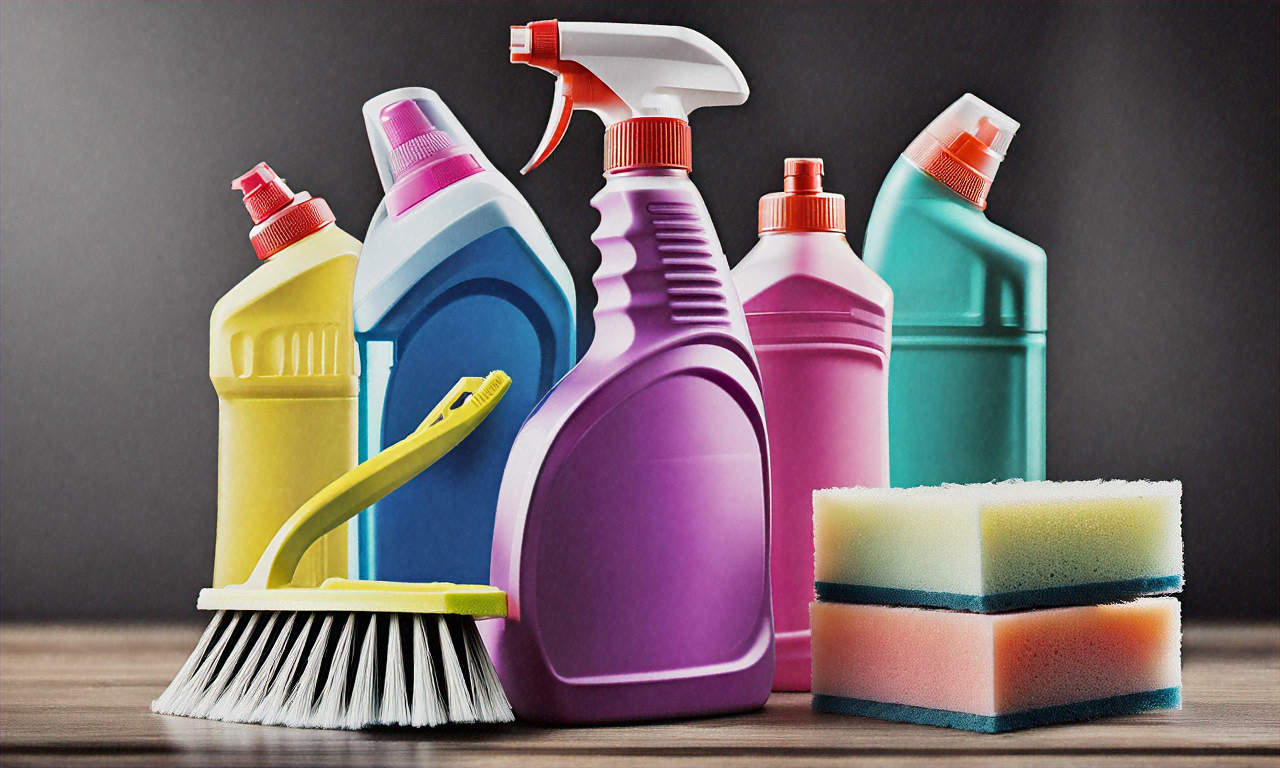Guide to Cleaning Products: Natural and Homemade Options
Cleaning products are a broad category that ranges from commercial sprays and detergents to simple homemade mixes. Understanding what each type does, when to use them, and how to store them helps you keep spaces hygienic while reducing unnecessary chemicals. This guide explains common cleaners, recipes using everyday pantry items, and practical safety tips for using vinegar and baking soda effectively.

Cleaning: types and common uses
Cleaning products can be grouped by function: detergents and soaps for removing oils and soils, disinfectants for killing microbes on hard surfaces, and specialty cleaners formulated for glass, ovens, or fabrics. Enzymatic cleaners target organic stains like blood or food, while degreasers remove heavy oil buildup. Read labels to match a product to the job: for example, dish soap or laundry detergent removes grease and dirt, while an EPA-registered disinfectant is appropriate where germ control is needed. Proper dilution and contact time matter for effectiveness.
Homemade cleaners: recipes and tips
Making homemade cleaners can be economical and reduce exposure to synthetic fragrances or unnecessary additives. Basic recipes include a multipurpose spray of equal parts water and distilled white vinegar with a few drops of liquid soap, or a glass cleaner with water, a splash of vinegar, and a pinch of cornstarch. Use a mild dish soap and warm water for daily surface cleaning. Store homemade mixes in labeled containers, avoid mixing ammonia and bleach, and test on a small area first to check for surface compatibility.
Natural ingredients to consider
Natural cleaning ingredients include vinegar, baking soda, lemon juice, castile soap, and essential oils. These materials can tackle many everyday tasks: vinegar breaks down mineral deposits and cut through light grime, baking soda acts as a gentle abrasive and deodorizer, and lemon provides mild acidity and fragrance. Castile soap serves as a biodegradable surfactant. Natural does not always mean non-irritating or safe for every surface, so evaluate each ingredient for use on wood, stone, or delicate fabrics to avoid damage.
How to use vinegar safely
Distilled white vinegar is acidic and useful for descaling kettles, removing soap scum, and brightening laundry in small amounts. Do not use vinegar on natural stone (marble, limestone, travertine), as the acid can etch and dull surfaces. When using vinegar as a cleaner, dilute it with water—common ratios are 1:1 for general cleaning or 1:4 for lighter tasks—and ventilate the area. Avoid mixing vinegar with bleach or hydrogen peroxide because combined chemicals can produce harmful gases. After cleaning with vinegar on food-contact surfaces, rinse thoroughly with water.
Baking soda: uses and precautions
Baking soda (sodium bicarbonate) is a mild alkali that helps neutralize odors, loosen stubborn grime, and act as a gentle abrasive for scrubbing. Use paste made from baking soda and water to remove stains from sinks, ovens, and cookware; sprinkle in trash cans or carpets prior to vacuuming to control odors. Baking soda is safe on many surfaces but can scratch delicate finishes if used undiluted with a rough cloth or abrasive pad. It also reacts with acids like vinegar—reaction can be useful for loosening debris but will neutralize each other’s cleaning strength if used simultaneously.
Conclusion
Choosing the right cleaning products involves balancing effectiveness, surface compatibility, and personal preferences about ingredients and fragrances. Homemade and natural options like vinegar and baking soda are versatile and inexpensive for many routine tasks, but they have limits—particularly when disinfection or heavy-duty degreasing is required. Always read product labels, conduct patch tests on sensitive materials, avoid unsafe chemical combinations, and store all cleaners out of reach of children and pets. Thoughtful selection and correct use of cleaning products can maintain cleanliness while minimizing harm to surfaces and indoor air quality.






